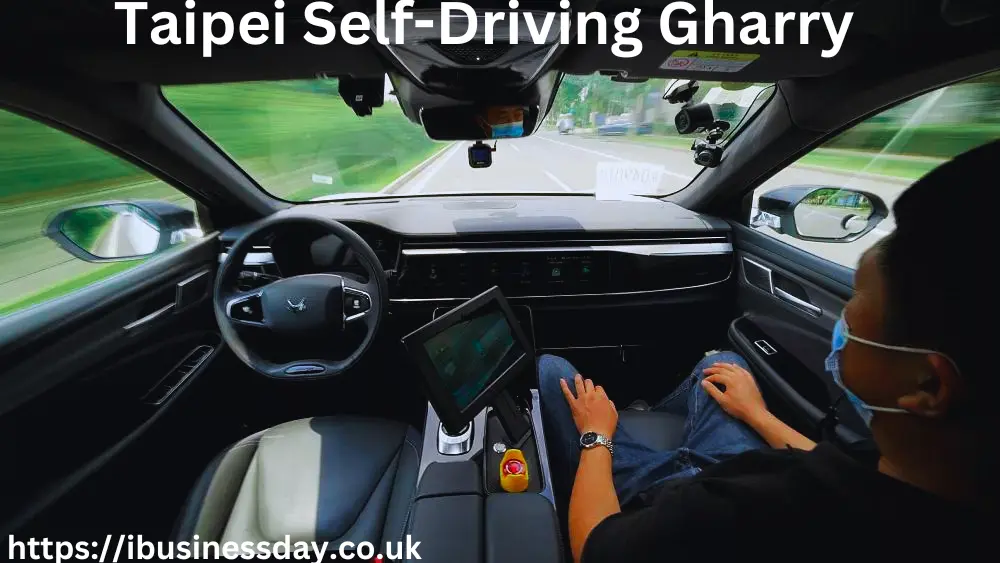Best Taipei Self-Driving Gharry Revolutionizing Urban Mobility
In the bustling metropolis of Taipei Self-Driving Gharry, a revolutionary mode of transportation is making waves – the Self-Driving Gharry. This cutting-edge innovation is not just a leap forward in technology; it’s a bold stride towards a more sustainable, efficient, and safer urban transport system. Let’s delve into how Taipei Self-Driving Gharry is setting a benchmark for the future of mobility.
The Dawn of Autonomous Transport
The concept of self-driving vehicles, once a figment of science fiction, is now a tangible reality, thanks to rapid advancements in artificial intelligence (AI) and robotics. Taipei Self-Driving Gharry, known for its forward-thinking approach to technology and urban planning, has embraced this revolution with open arms, introducing the Self-Driving Gharry as a beacon of its commitment to innovation.
What is a Taipei Self-Driving Gharry?
Traditionally known as a horse-drawn carriage, a Gharry has been reimagined in Taipei as an autonomous, electric-powered vehicle designed for urban transportation. These self-driving gharries are equipped with state-of-the-art AI algorithms, sensors, and cameras to navigate the bustling streets of Taipei with precision and safety.
The Benefits of Going Autonomous
Enhanced Safety One of the paramount benefits of self-driving gharries is the potential to reduce traffic accidents drastically. By eliminating human error, which accounts for a significant percentage of road mishaps, these autonomous vehicles promise a safer commuting environment for passengers and pedestrians.
Eco-friendly Transportation
The electric nature of these gharries aligns with global efforts to reduce carbon emissions. Taipei Self-Driving Gharry’s initiative contributes to cleaner air and sets a sustainable model for urban transport that cities worldwide can emulate.
Efficiency and Convenience
With AI-driven routing and traffic management, self-driving gharries can optimize travel times, reduce traffic congestion, and provide a seamless, hassle-free commuting experience. The convenience of hailing a ride through a smartphone app further enhances user experience, making urban travel more accessible than ever.
The Technology Behind the Wheel
The backbone of Taipei’s self-driving gharries is a sophisticated blend of technology. Lidar sensors, GPS, and real-time data analytics work harmoniously to navigate the complexities of urban streets. Machine learning algorithms constantly improve the system’s decision-making capabilities, ensuring safety and efficiency are always at the forefront.
Overcoming Challenges
Despite the promising benefits, the road to fully integrating self-driving gharries into Taipei’s urban fabric is paved with challenges. Regulatory hurdles, cybersecurity concerns, and the need for public acceptance are among the key issues addressed through transparent policies, rigorous testing, and community engagement initiatives.
The Future of Urban Mobility
Introducing self-driving gharries in Taipei is more than just an innovation in transportation; it’s a glimpse into the future of urban mobility. As technology evolves, we expect these autonomous vehicles to become more integrated into our daily lives, potentially transforming how we think about city travel.
Embracing Change
For Taipei Self-Driving Gharry’s residents and visitors, the self-driving gharry represents an exciting opportunity to experience the forefront of technological advancement. As with any significant change, adaptation will be key. However, the potential benefits – from reduced traffic fatalities to environmental conservation – make this an endeavour worth embracing.
A Model for the World
Taipei’s foray into autonomous urban transport sets a precedent for cities globally. By demonstrating the feasibility, benefits, and transformative potential of Taipei Self-Driving Gharry is redefining its urban landscape and providing a blueprint for the future of global urban mobility.
Conclusion
The Taipei Self-Driving Gharry is more than a novel means of transportation; it symbolises progress, innovation, and a vision for a safer, cleaner, and more efficient urban future. As we stand on the brink of this new era in mobility, the eyes of the world are on Taipei, watching as it leads the charge towards a revolution that could redefine urban life for generations to come.






